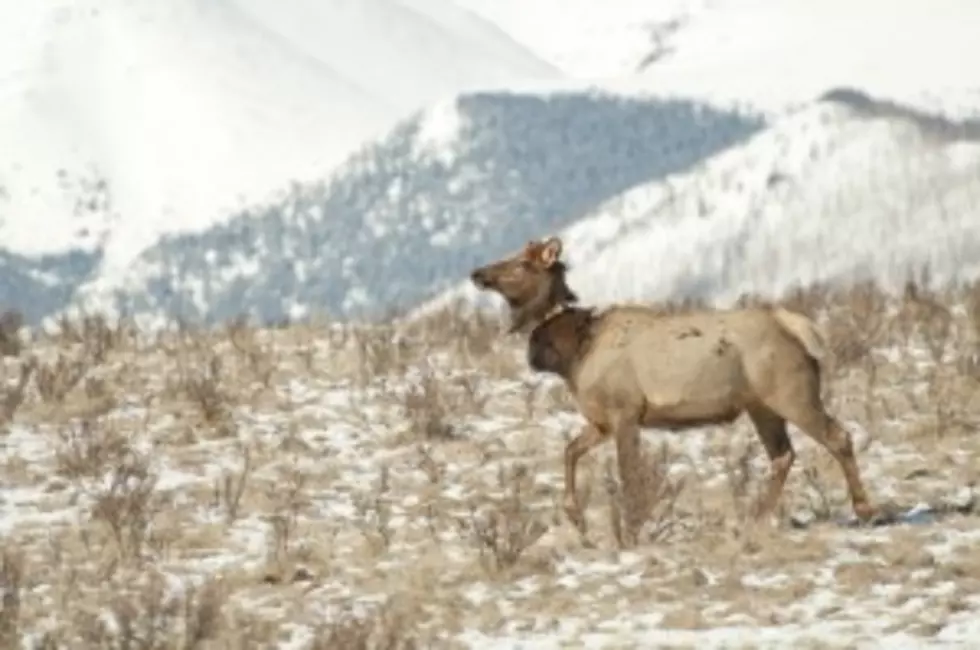
UM Researcher: Mammals Move Less in Landscapes Modified by Humans
MISSOULA – University of Montana Professor Mark Hebblewhite is coauthor of a paper published Jan. 25 in the journal Science that shows mammals move distances two to three times shorter in human-modified landscapes than in wild landscapes.
This is the first time this topic has been examined on a global scale and for many different species at once.
Most mammals are on the move every day while searching for food, mates or shelter. Some larger mammals, like wolves, generally move longer distances, while smaller mammals, such as hares, usually cover shorter distances.
A team led by biologist Marlee Tucker, Senckenberg Biodiversity and Climate Research Centre, and Goethe University Frankfurt has shown that the extent of these movements is significantly reduced in human-altered landscapes compared to those in wilder, natural areas.
Tucker and 113 coauthors from various institutions collated movement data from 803 individuals across 57 mammal species from around the globe ranging in size from rodents weighing 0.5 kg to elephants. They used Movebank, a data portal that archives movement data from researchers across the world. GPS-tracked movements of individual animals were recorded for two months. That data then were compared to the human footprint index in the same locations. The index measures how much an area has been changed by human activities such as infrastructure, settlements or agriculture. The study also accounted for habitat productivity using NASA-derived measures of habitat productivity.
Hebblewhite, professor in UM’s Wildlife Biology Program, says mammals might move less because they have changed their behavior in human-modified landscapes. In Canada, this has implications for protected areas such as Banff National Park, as well as areas with greater human use and those impacts.
“Our data showed reduced movements of species like wolves and elk in areas with high human footprints,” Hebblewhite said. “Here in Montana, we are concerned about loss of long-distance movements like migration for elk because of agricultural subsidies. Loss of migration is bad for ranchers and for elk, because ultimately, migration helps maintain higher numbers of elk and reduces conflicts with humans.”
The researchers also are concerned that the reduced travel distances could affect ecosystem functions that hinge on animal movements.
“It is important that animals move, because in moving they carry out important ecological functions like transporting nutrients and seeds between different areas,” Tucker said. “Additionally, mammalian movements bring different species together and thus allow for interactions in food webs that might otherwise not occur. If mammals move less this could alter any of these ecosystem functions.”
The study “Moving in the Anthropocene: Global reductions in terrestrial mammalian movements” is available HERE.








